Your cart is currently empty!
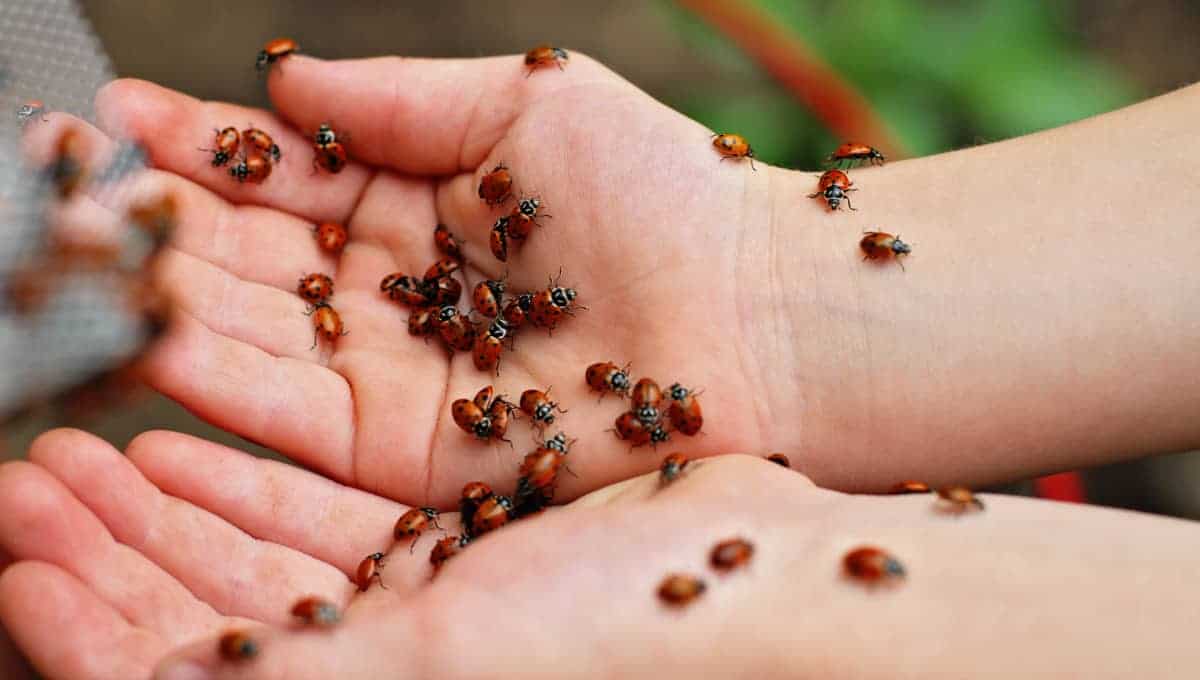
Gardening with Ladybugs
Gardening with kids is such a wonderful and educational way to get kids outside and in touch with nature. There are so many amazing benefits of gardening with kids. Gardening has brought our family so much joy (and so many tomatoes), but it can also bring unwanted guests. Enter the dreaded aphid. To keep our plants healthy and aphid-free, we recently released 1,500 ladybugs into our garden and it was such a fun experience. My kids loved it and if you garden, I’m hoping this is something you can experience with your kids, too. Today, we’re sharing all kinds of fun ladybug facts for kids below, plus tips on how to gently and effectively release ladybugs into your garden for pest control and how to get started gardening with ladybugs.
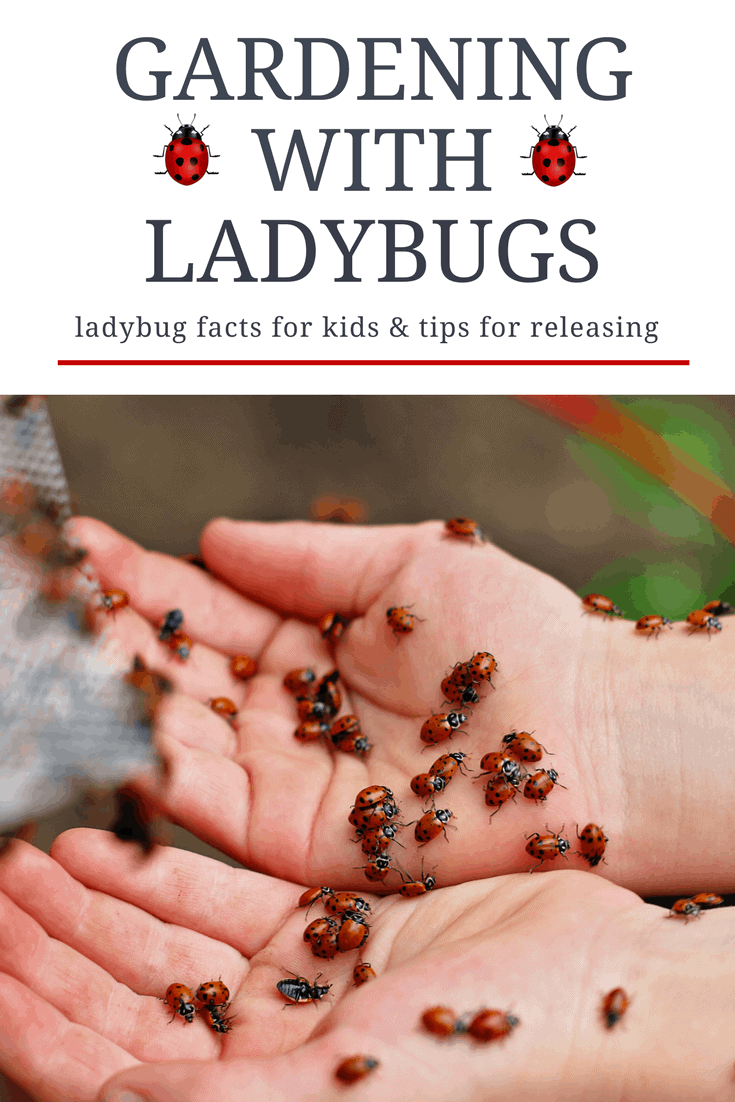
Benefits of ladybugs in a garden
Ladybugs are considered one of the most beneficial insects in your garden. Ladybugs are wonderful for gardens because they’re capable of consuming up to 50 to 60 aphids per day! Aphids feed on plant tissues and can also transmit viruses to plants, so the fewer aphids, the healthier your garden. Ladybugs don’t just stop there, though. They will also eat a variety of other insects and larvae including scales, mealy bugs, moth eggs, leafhoppers, mites, asparagus beetle larvae, whitefly, and various types of soft-bodied insects. All of these insects can be harmful to your plants, flowers, and vegetables. Encouraging ladybugs to take residence in your garden may mean less work for you as well as less need for chemical pesticides.
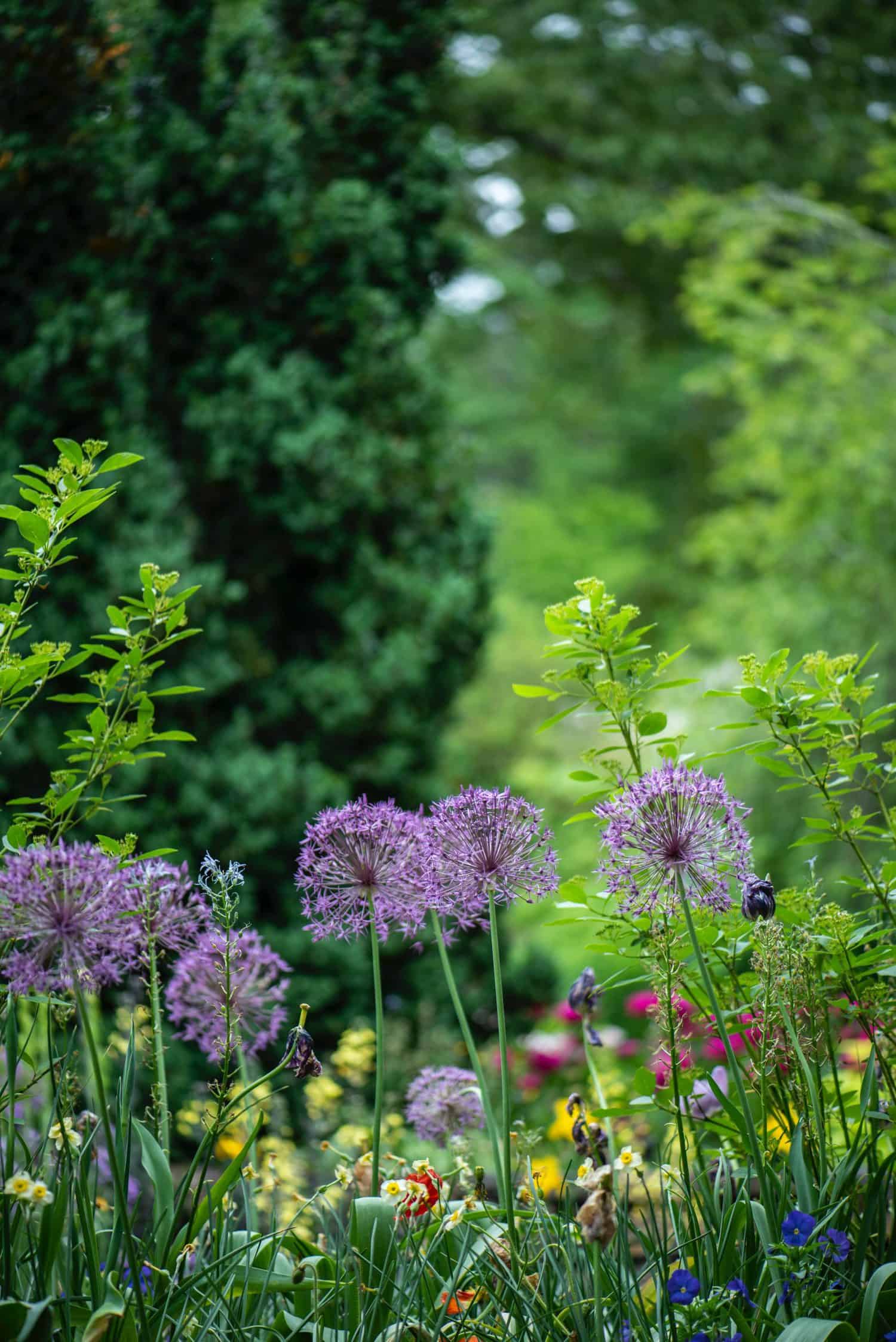
Bringing ladybugs to your garden
If you have a garden with aphids, ladybugs will naturally come to your garden on their own. They also seek out pollen for food, so if you grow pollen-laden flowers and herbs, your garden will naturally will attract ladybugs. These include, but aren’t limited to: angelica, calendula, chives, cilantro, dill, fennel, marigolds, nasturtium, scented geraniums, and yarrow. You’ll also want to limit the use of insecticides, which will help ensure a healthy population of ladybugs in your garden.
However, if you don’t have the patience to wait for the ladybugs to find your garden and want to hurry the process along (or give your kids a chance to really get up close and personal with some ladybugs), you can purchase a bag of hundreds of these little garden soldiers. When considering this, it’s very important to buy native species of ladybugs. Releasing ladybugs into your garden is a really fun way to get kids interested in gardening and teach them about this amazing insect.
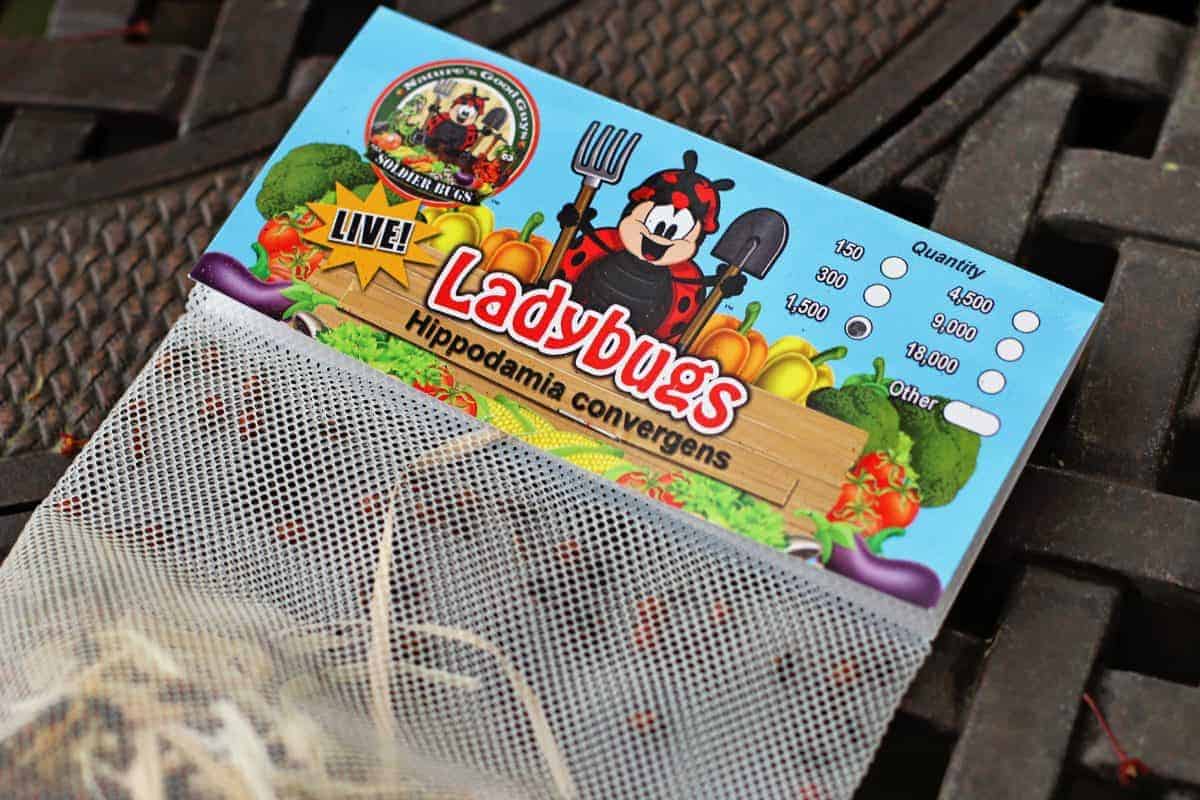
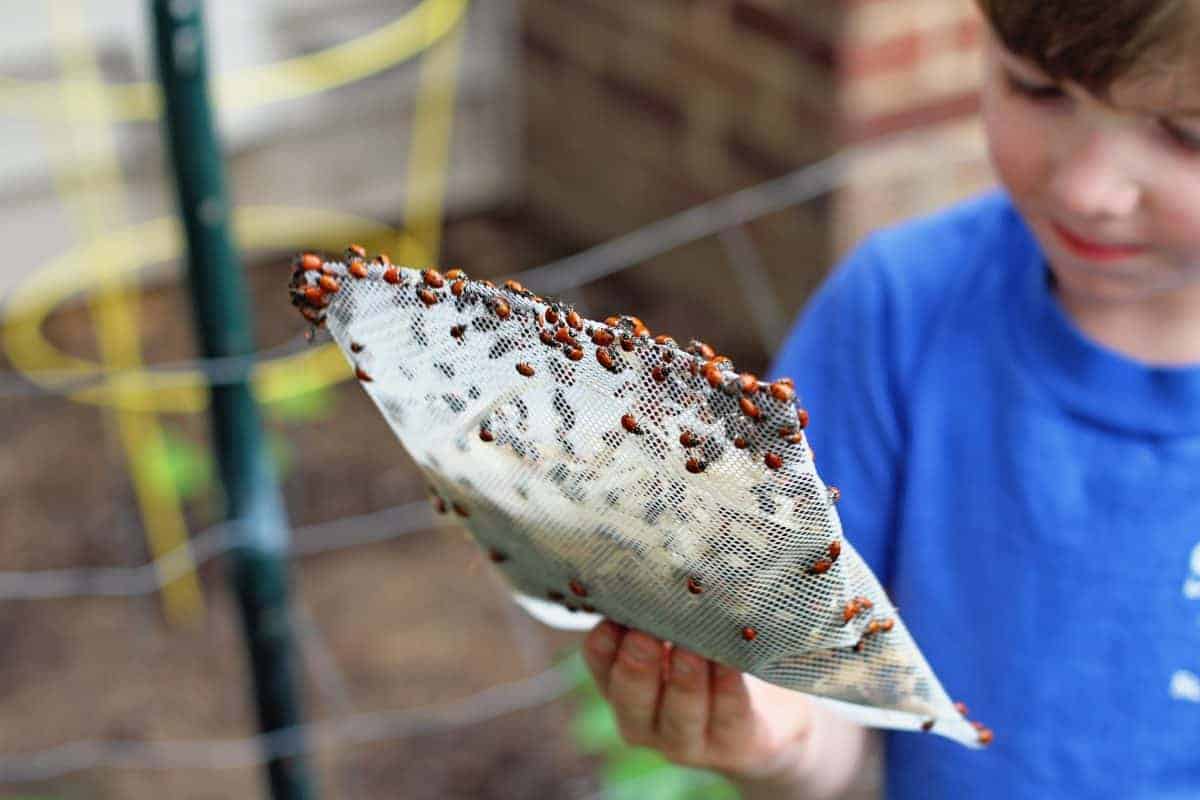

Fun ladybug facts for kids
- Ladybugs are also called ladybirds or ladybeetles.
- To help defend themselves, ladybugs play dead.
- They also can release a foul-smelling yellow fluid from their knees that other bugs find stinky.
- During winter ladybugs hibernate together to stay warm, usually, in plant refuse and crevices.
- Ladybugs have two sets of wings – the outer set is the hard shell for protection and the inner set is what it uses to fly.
- The ladybug larvae resemble tiny black alligators.
- Ladybugs taste and smell with their antennae.
- Ladybugs come in many colors, most commonly red, orange, yellow, or scarlet with black dots on them.
- Within a year, there can be as many as 5-6 generations of ladybugs as the average time from egg to adult only takes about 3-4 weeks.
- They are found worldwide (except in cold places like the Arctic and Antarctica).
- Some ladybugs have white spots and some even have stripes.
- In the spring, female ladybugs lay anywhere from 50-300 eggs, which are yellow & oval-shaped and are usually found in clusters of 10-50
- The most known ladybug is the red one with 7 black spots however other species can have different numbers of spots.
- Ladybugs are omnivores – they eat other small insects, fruit, aphids.
- Ladybugs live from 2 to 3 years.
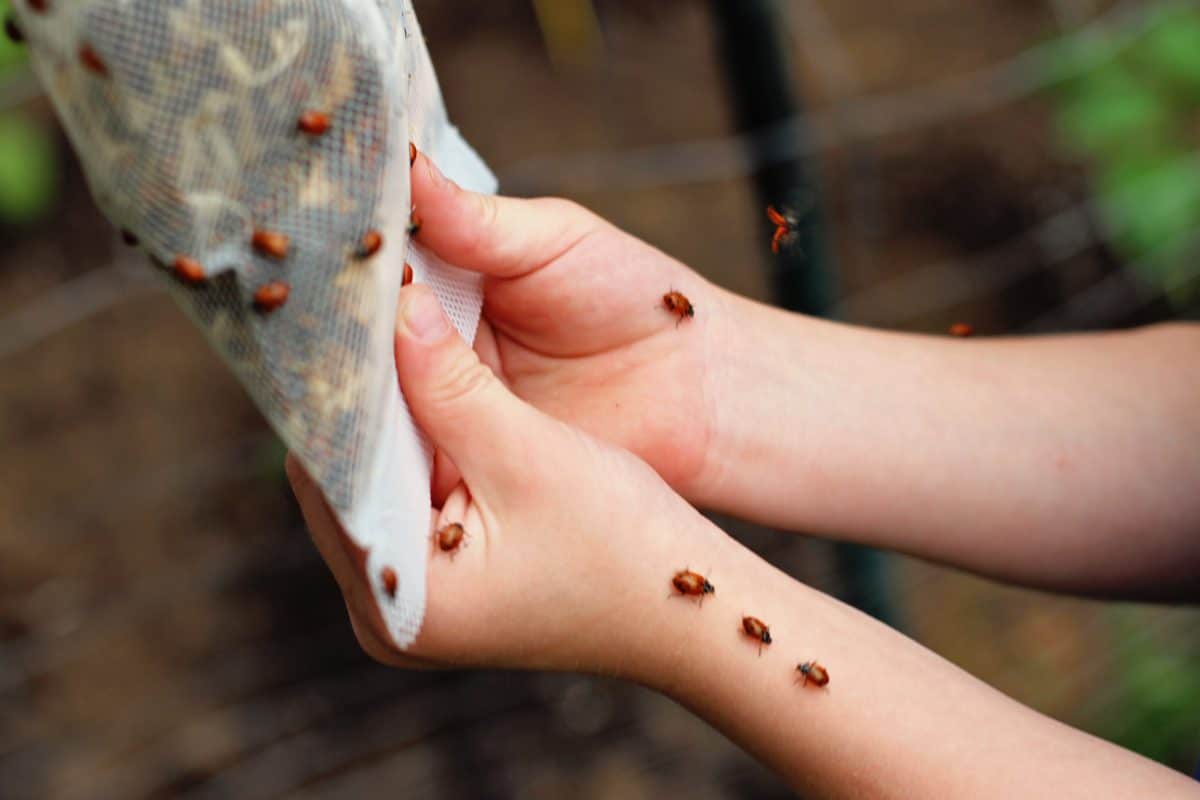

How to release ladybugs in your garden
We recently noticed that our tomatoes were being attacked by some tiny predators. I’m pretty proud of my tomatoes and fiercely protective of them! While I wanted to desperately save them, I didn’t want to use any chemicals on the plants. My kids help water the garden, they play near it and we have a dog, so pesticides weren’t an option. Instead, we decided to give ladybugs a try.
We ordered 1,500 live ladybugs from Amazon, which arrived a few days after placing our order. I made sure to check that we ordered a species that was native to our location, so as to not introduce any invasive species. The kids were so excited when they arrived and wanted to release them right away. However, there are a few things you need to do when releasing ladybugs to ensure they stick around to help out your garden, so we had some prep work to do.
Prepping your ladybugs for release
As soon as the ladybugs arrive, put the bag in a cool place (refrigerator) until late in the day. This will slow their metabolism and place them in a slightly dormant state until the time that you want to release them.
Release ladybugs in the evening
Make sure that the ladybugs are released in the evening into a soaking wet garden that has some aphids. If you release them into a dry garden or during the day, they will likely fly away. Release them in the evening hours and they’ll immediately find a place to sleep and settle in for the night. Ladybugs won’t fly in the dark, so releasing them just after sunset ensures they’ll stay the night. In the morning, they’ll be hungry and start looking for some delicious plant pests to much on.
You could also try releasing your ladybugs in small batches over a day or two. This ups your chances of keeping some around.
Tips to ensure the ladybugs stay in your garden
There are a couple of ways to encourage your new friends to hang around your place and not go skipping off to the neighbor’s house. After their long journey, they are usually dehydrated when they arrive, so a soaked garden will provide opportunities for them to quench their thirst. When releasing, gently scatter or spread them out so each ladybug can find food and water immediately. And if they encounter aphids as they’re drinking, many of the ladybugs will decide that this garden is a good place to stay.


Get the kids involved in your ladybug release
While I was really excited about the ladybugs, the kids absolutely loved being a part of the release. My fearless 5-year-old couldn’t get enough of them. He’s been known to befriend bugs, crickets, worms, and spiders, so his fascination with the ladybugs came as no surprise.
I was excited to see him embrace the ladybugs and let them crawl all over him. I’m not sure this is typical kid behavior (my 2-year-old was not this enthusiastic about them), so don’t be worried if your child isn’t quite as into it! If you’re not squeamish about it, let them crawl on your hands too! Show your kids how to be gentle with them. Ladybugs don’t sting or bite, so there’s nothing to be afraid of.
Check out this post for more tips on how to help kids get over their fear of bugs and creepy crawlies.


Do you garden with ladybugs?
Is this something your kids would like?
Also, be sure to check out these related posts:
Comments
3 responses to “Gardening with Ladybugs”
Gostei das informações pertinentes às joaninhas e gostaria de adquiri-las pará o meu jardim de leitura e meu orquidario, se houver algum produtor, gostaria de contatá-lo.
What is the best month to order, buy, release the insects?
Ladybugs actually do bite, or at least some species do. I know because my infant had a ladybug on his ear and I thought nothing of it until it didn’t fly away and when I went to send it on its way I realized it was firmly attached to his ear. When I was able to get it off his ear it was bleeding and had a small chunk missing, literally. I looked it up online and found out that ladybugs do indeed bite. Yikes! I’m still a huge fan of raising and releasing them in my area, but needless to say I won’t be having them on their skin! I’m sure your child was fine, as I always was as a child. Just putting the information out there, not to discourage ladybug cultivation, but just as a heads up so no one is surprised like I was!

Leave a Reply